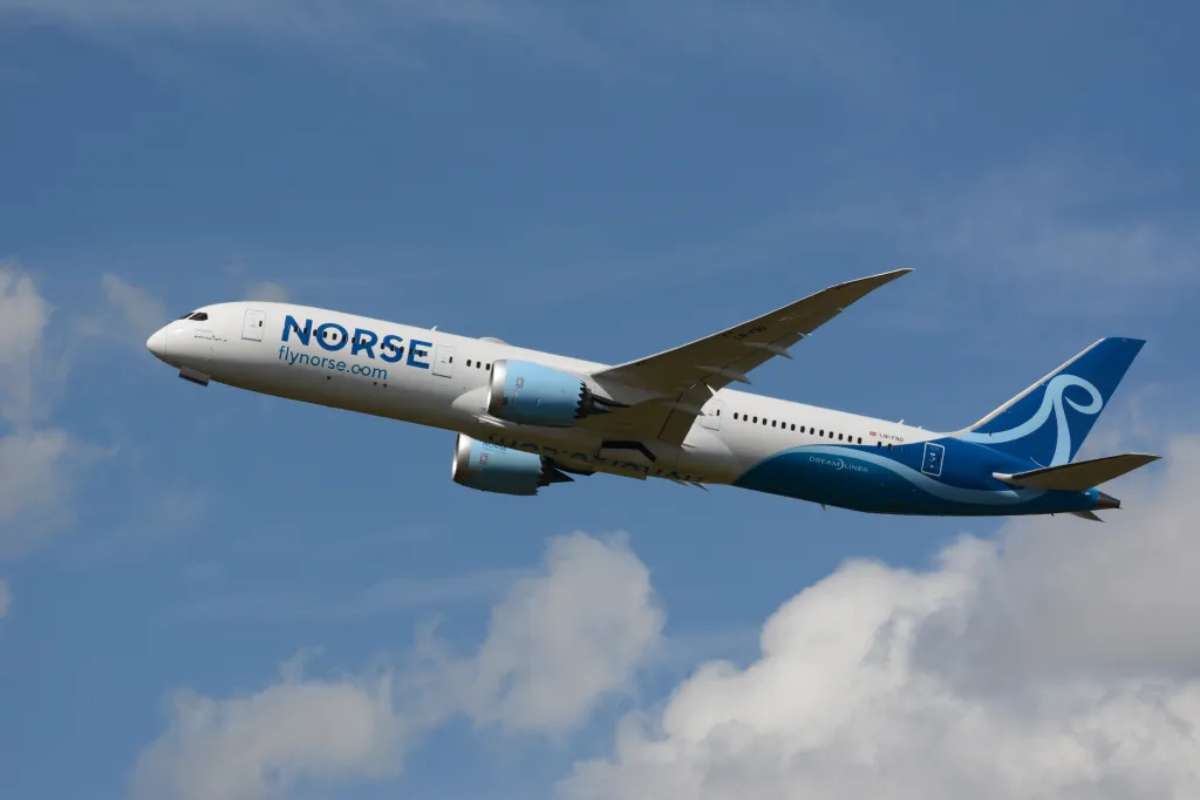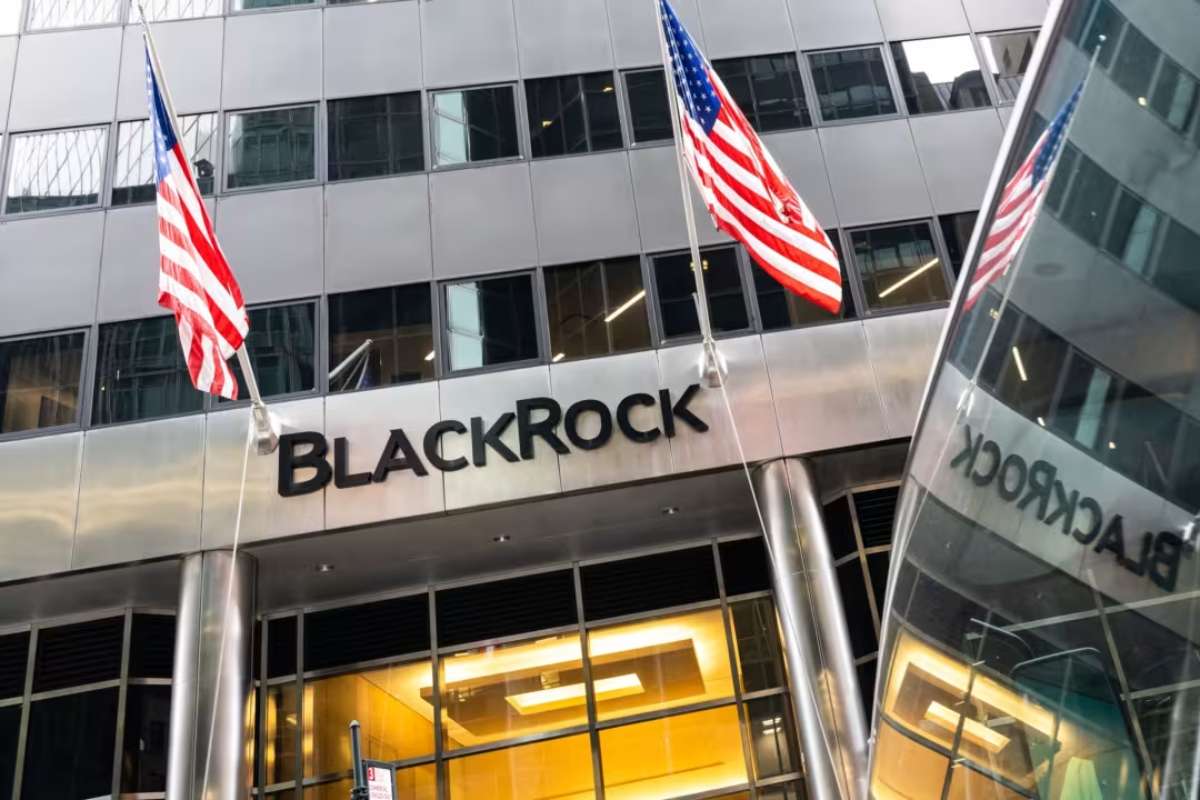Food Costs Continue Climbing Amid Stagnant Inflation
The United Kingdom’s headline inflation rate held steady at 3.4% in May, marking the highest level in over a year, according to newly released figures from the Office for National Statistics (ONS). While the general pace of price increases remained unchanged from April, food prices told a different story, registering a 4.4% rise year-on-year, the highest since February 2023.
Economists suggest that recent hikes in employer National Insurance contributions, which took effect in April alongside a higher minimum wage, may be pushing businesses to pass these costs onto consumers. These changes, announced by Chancellor Rachel Reeves in last October’s Budget, aim to raise £25 billion in revenue but appear to be contributing to elevated consumer prices.
Ruth Gregory, deputy chief economist at Capital Economics, said the upward pressure on food prices “perhaps provides a tentative sign that firms are passing on more of April’s rise in National Insurance Contributions in their selling prices.”
Chocolate Prices Surge Amid Global Cocoa Shortages
A standout contributor to rising food inflation has been chocolate, which saw a dramatic 17.7% year-on-year price increase in May—the sharpest spike since ONS began tracking chocolate prices in 2016. This jump is largely attributed to global supply issues rooted in key cocoa-producing nations.
Jonathan Parkman, head of agriculture at commodities broker Marex, pointed to serious challenges in Ghana and the Ivory Coast, which collectively produce more than half the world’s cocoa. “Problems include long-term government mismanagement of the cocoa sector, a surge in crop disease, and bad weather,” he said, emphasizing that the outlook for cocoa supply remains grim. “There is little chance of a fall in chocolate prices this side of Christmas.”
These supply shocks have added pressure on confectionery producers, who are increasingly passing the added costs to British consumers, intensifying the impact of inflation on everyday purchases.
Travel Costs Offer Limited Relief to Consumers
Despite surging food prices, overall inflationary pressure in May was somewhat tempered by falling travel costs. Air fares dropped by 5% between April and May—a stark contrast to the 14.9% rise seen in the same period last year. The ONS attributed this fall to the timing of Easter and school holidays, which significantly influence flight pricing.
Easter Sunday fell on April 20 in 2025, compared to late March in the previous year, resulting in lower seasonal demand and softer airfare prices. While this decline offered some relief to consumers, it was not enough to offset the broader upward pressure from food and household expenses.
As the Bank of England prepares to meet on Thursday, economists widely expect that interest rates will remain unchanged at 4.25%, as inflation continues to sit well above the Bank’s 2% target. With global supply chain challenges and domestic policy changes contributing to price instability, the economic outlook for UK households remains uncertain in the months ahead.
Visit Visionary CIOs for most recent information.











